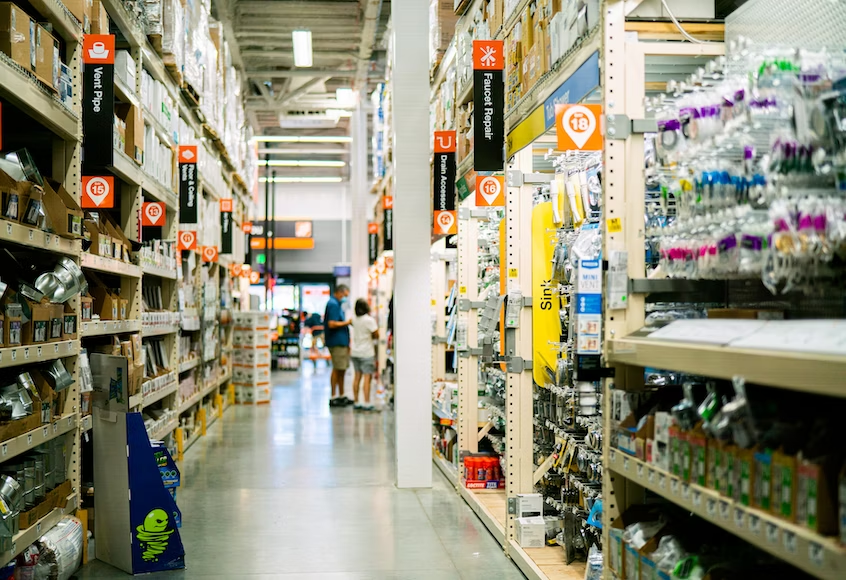Blog

Shopping in US cities has changed in the past few years. Instead of pulling products from shelves and taking them to checkout, about 75% of Americans are now forced to shop where some products are kept behind locked displays, according to a new National Retail Federation survey that polled 5,000 shoppers nationwide.
This is the direct result of the growth of organized retail crime and shoplifting across the country. Unfortunately, locking products does not appear to be enough to deter crime. In June 2023, a shoplifter at a Walgreens in Queens, NY used a blowtorch to melt the plastic of locked cases before stealing almost $500 worth of skincare products.
These incidents have led to an outcry by owners of retail stores in many US cities. In Manhattan, where the New York police department reports shoplifting levels not seen in nearly 30 years, a Rite-Aid store recently announced it was closing because of theft losses. Residents and shop owners in places such as San Francisco, Chicago, Wisconsin, and Washington state have been pushing legislators to take action to stop the scourge.
The retail community is particularly concerned about violence that sometimes accompanies theft. Two Home Depot employees were killed in separate incidents last year. Gary Rasor, 83, died after being shoved by a shoplifter when the veteran employee asked to see a receipt for three pressure washers the thief was removing from a North Carolina store.
In California, security guard Blake Mohs was hit in the chest while trying to stop a theft. Many retail workers say their hands are tied. Due to some current laws and company standards, if employees touch someone or try to prevent them from stealing, they can be fired. Yet, when they call the police, it is often too late, and little is done to stop the crimes from reoccurring.
Far from occasionally engaging in petty crime, many of today’s shoplifters are involved in large-scale criminal operations. Items are stolen from major retail stores and then resold online. To combat this practice, Congress passed the INFORM Consumers Act, which requires online marketplaces to verify financial information from “high-volume third-party sellers” — those with more than 200 transactions and $5,000 in revenue in a 12-month period. The hope is that this will prevent criminals from selling stolen items online.
But shop owners are not waiting for law enforcement or the government to fix the problem. Many are looking to innovative solutions to stop the spread. From organizing their wares to using tech tools, they are finding creative ways to minimize the problem.
What can business owners do to help protect their stores?
1. Invest in new security systems to prevent shoplifting. A Safeway store in San Francisco has added automatic gates that immediately swing shut behind entering customers to prevent thieves from running out with full shopping carts. Other retailers are setting up coiled wire or putting more items under lock and key.
2. Hire armed security from a reputable company. A well-trained, experienced person patrolling the premises has been proven to be a deterrent.
3. Rearrange your store to maximize safety and prevent shoplifting. Make sure at-risk items are away from windows and that the store is orderly. By keeping your business organized and well lit, you can better monitor your space. You may also want to consider replacing windows with ballistic glass.
4. Try tech tools such as self-service cases that customers unlock with personal info and RFID tags, which track specific items. AI can now monitor checkouts for barcode switching or other irregularities.
5. While still very experimental, robots may be the new line of defense. Philadelphia Lowe’s stores are piloting security bots. The robocops will record 360-degree HD video, detect thermal anomalies, and scan license plates in the parking lot.

